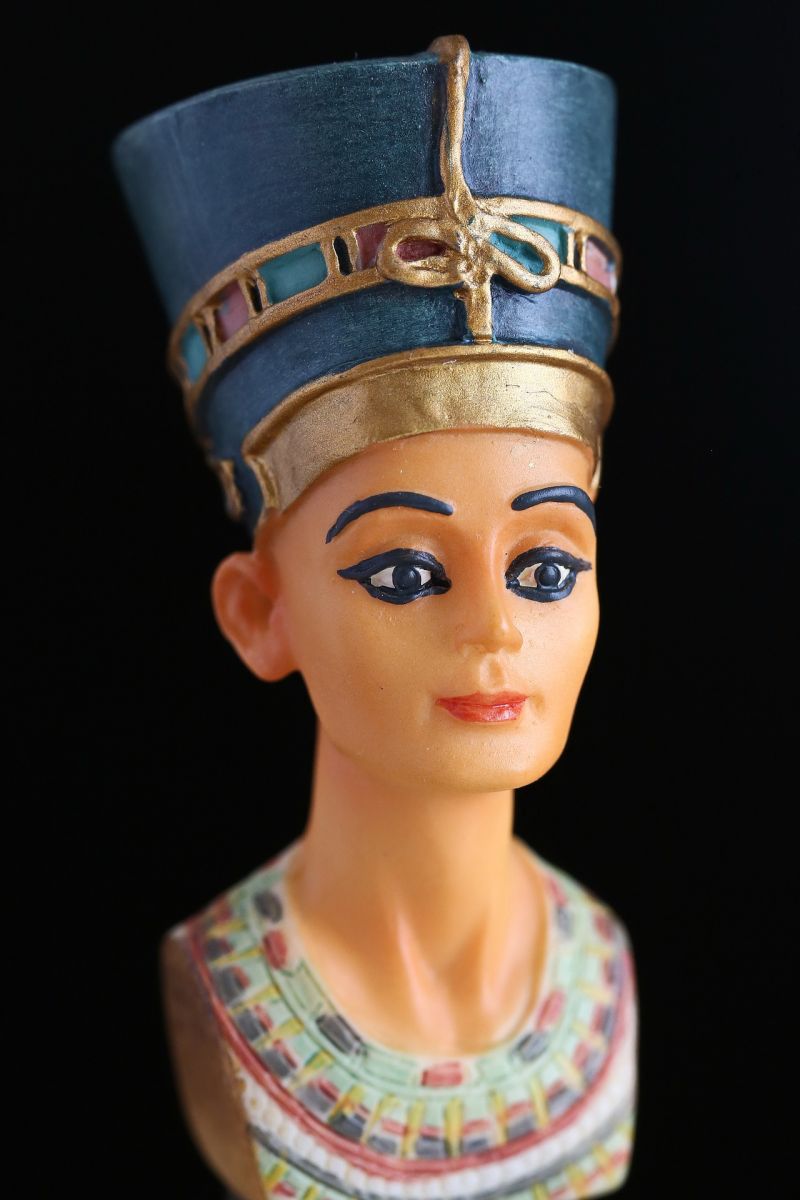Have you ever wondered how people in ancient civilizations adorned themselves with makeup? In our modern age, acquiring various cosmetic products is a breeze, but have you ever pondered the beauty rituals of those who came before us?
The art of beautification has always been closely associated with women. Throughout history, women have been drawn to makeup for many reasons, as they seek to enhance their appearance and feel beautiful. While the mass production of makeup accessible for daily use only emerged in the 1800s, it doesn't mean that women from earlier centuries didn't have their makeup practices. Makeup has a rich history dating back over 6,000 years, with its origins linked to several ancient civilizations. One of the most renowned cradles of cosmetic culture is Egypt.
In Ancient Egypt, makeup held deep cultural significance. It symbolized wealth and was believed to have the power to beckon the gods. The use of cosmetics in this civilization dates back to 4000 BC. Remarkably, one popular cosmetic was eyeliner, known for its intricate and captivating designs. Eyelid dye and blush were also prominent among Ancient Egyptians. If you look at historical illustrations from this era, men and women are often depicted wearing striking eye makeup. Their secret? Kohl, a cosmetic created from stibnite or burnt almonds, served as mascara and eyeliner. Additionally, they crafted powder from lime and clay.

Before the advent of modern technology, makeup ingredients were diverse and sourced from nature. In Ancient Greece, white lead and wheat were the primary components of their powder. In China, rice-based powder was preferred. While the Ancient Egyptians embraced bold and distinctive makeup, Ancient Greece and mainland East Asia leaned toward clean, fair, and smooth skin as the epitome of beauty. The Ancient Greeks used crushed mulberries to create blush to balance their fair complexions.
As for lip color, it's believed that women in Mesopotamia were among the first to utilize it during Ancient Egypt. Back then, lip color was created using sandy brown clay, Arche clay, and red iron, lending lips a reddish hue. However, early lip color formulations were considered hazardous due to their rough texture, which could harm the lips.
With time, people began experimenting with natural ingredients deemed safer for cosmetic production. Ingredients such as plants, olive oil, and beeswax were incorporated to produce lip color with a red tint. In the 1800s, lipstick started to become more accessible. In 1870, Guerlain, a renowned perfume house, introduced the first mass-market lipstick product. Subsequently, cosmetics, including lipstick, rapidly developed and became readily available.
Today, women no longer need to fret over acquiring cosmetics to express their desire for self-expression and adornment. Countless cosmetic products tailored to various needs, from longevity and skin type to usage and packaging preferences, are easily accessible. With many options, makeup has genuinely evolved into an art form cherished by many.

